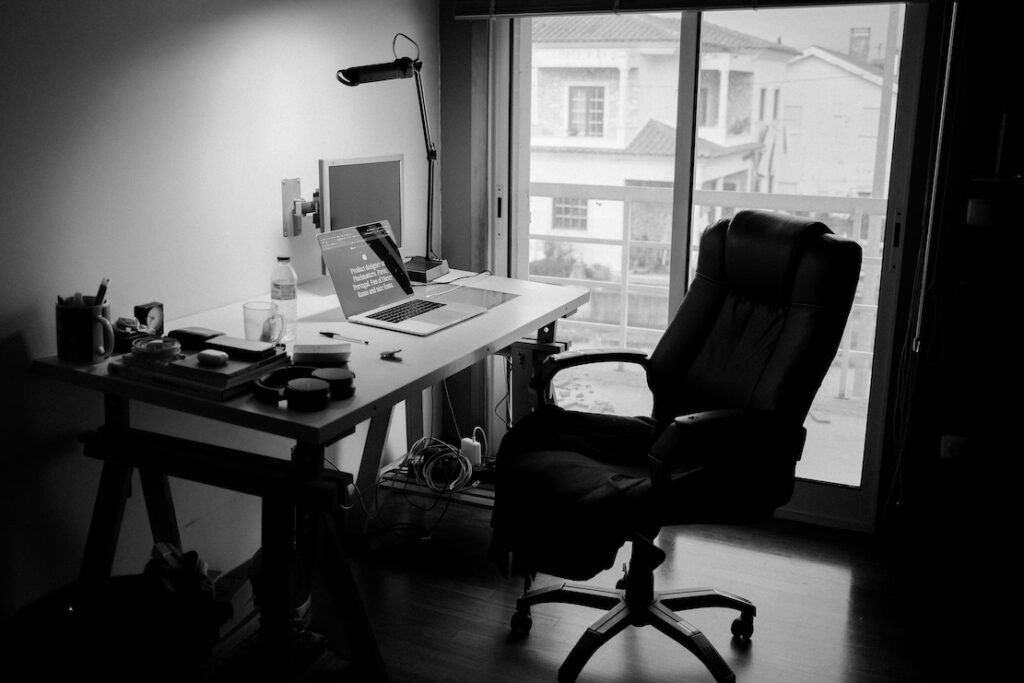Numbers With a Point.
Executive Briefing Builder (Self-Paced) — Ship Decisions, Not Decks
Leaders don’t have time for slide tourism. They need a short, legible case, an honest risk line, and a clear ask. The Executive Briefing Builder (Self-Paced) is a 100% digital library that shows you exactly how to do that—fast. You get concise lessons, reusable slide systems, one-page canvases, writing checklists, and annotated examples designed for asynchronous reading and quick decisions. No scheduling, no live workshops to coordinate, no shipping. Open the module, copy the pattern, and publish a briefing your leadership can act on.




What We Offer
About Us
We are a small team of operators, analysts, and communications coaches who have lived the reality of ten decks before lunch. We’ve seen great ideas stall because the story was buried and the ask was fuzzy. Our library distills years of briefing work into concrete patterns anyone can copy. We believe decisions should be easy to read, risks should be easy to own, and work should move forward after the document lands—not after a calendar battle.
Less rework
alignment emerges from the narrative, not after five rounds of slides.
Credible numbers
visual systems that print cleanly and survive screenshots.

What the Final Brief Looks Like (Outcomes)
Headline: a sentence that states the conclusion upfront.
One screen of numbers: bridges, small multiples, or trend bands with a single takeaway callout.
Risk line: trigger, probability, mitigation owner—on one line, not a paragraph.
Decision pane: options with trade-offs, the recommended path, and next checkpoints.
Timeline strip: milestones with testable exit criteria (discovery vs. delivery).
Appendix discipline: the narrative survives even if the appendix is skipped.
How You’ll Use It With Your Team
- Solo: draft the brief, run the checklist, post for async comments.
- Pair: one person owns the numbers; one person owns the narrative; ship together.
- Team: set a 30-minute “redline” block where everyone only edits verbs, dates, and owners—not layout.
This rhythm keeps momentum and prevents endless formatting debates.

Our Advantages
- Operator-tested patterns: built by people who’ve shipped decks to boards, CEOs, and external stakeholders.
- Asynchronous by design: everything reads well without a meeting—perfect for distributed leadership teams.
- Visual systems that scale: typography, spacing, and annotation rules that keep decks legible at print size.
- Accessibility included: color-safe palettes, high-contrast options, and PDF variants that remain readable in grayscale.
- Modular library: grab only what you need; every module stands alone and stacks with the rest.
- Evidence over decoration: charts carry a single message with the callout anchored to the evidence.
The Result
Executives get a real choice framed in one screen. Teams know what changed and what happens next. You save prep hours, reclaim meeting time, and create a library of briefs that compound—each one easier than the last because the pattern is shared and trusted.



